“We believe that virtual architecture is just as real as physical.”
All taken care of in the time it took to eat a packet of crisps.
This is London, but it’s alsoFortnite.
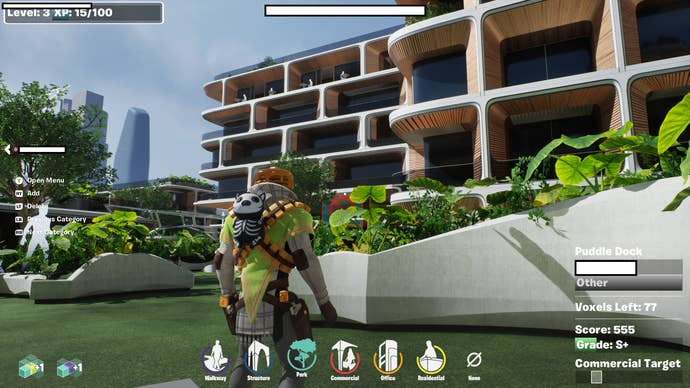
I’m always up for this stuff: architecture and video games converging.
Banham’s talking about huge buildings that solve multiple needs within the community in which they’re built.
They have multiple purposes and functions and allow for various ways of being.
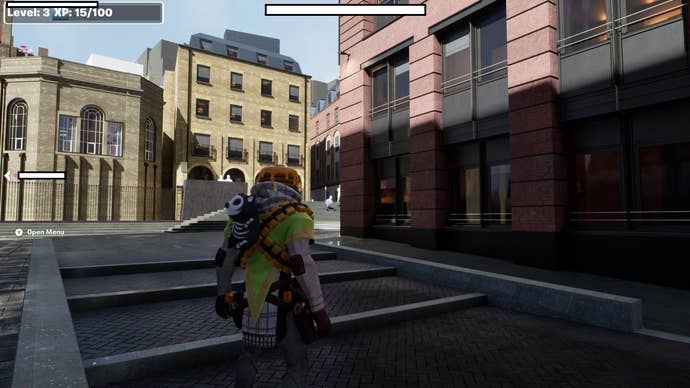
So many people coming together in one place, but often using the game in strikingly different ways.
So what happens when architects and game tools really converge?
Was the faux Hadid building on Blackfriars Bridge a sign of things to come?
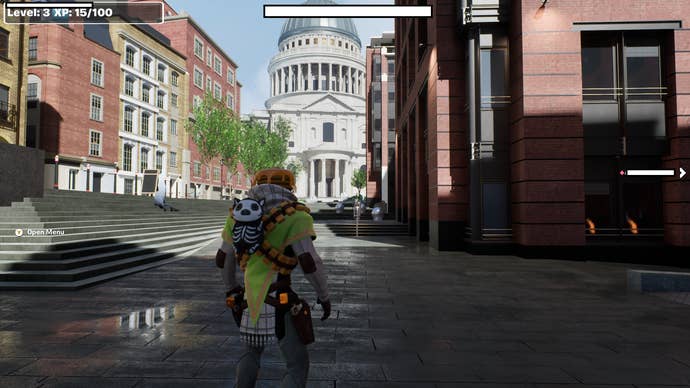
Re:Imagine London started with Zaha Hadid CODE, the architecture firm’s computational design group.
“We are the in-house research and design group,” Shajay Bhooshan tells me over Google Meet.
“And ultimately, all of the benefits have to be for the end-user of our buildings, right?
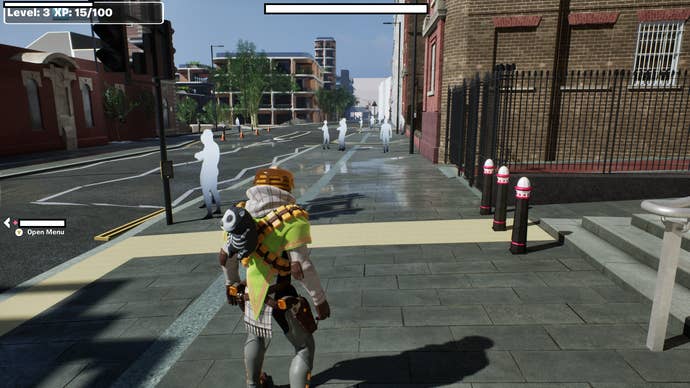
Because we do a lot of public buildings; most of our buildings are public.
It’s a broad brief, and Bhooshan admits it takes the team into some unexpected territory.
“So construction comes second,” he explains.
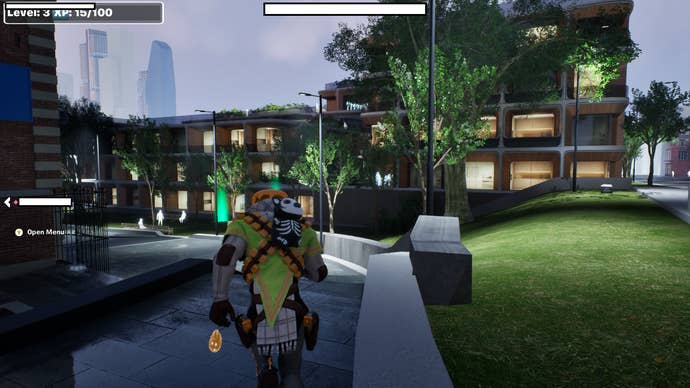
“We focus on the user experience.
That’s why we believe that virtual architecture is just as real as physical.
This in turn means that Bhooshan’s team spends a lot of time thinking about novelty.
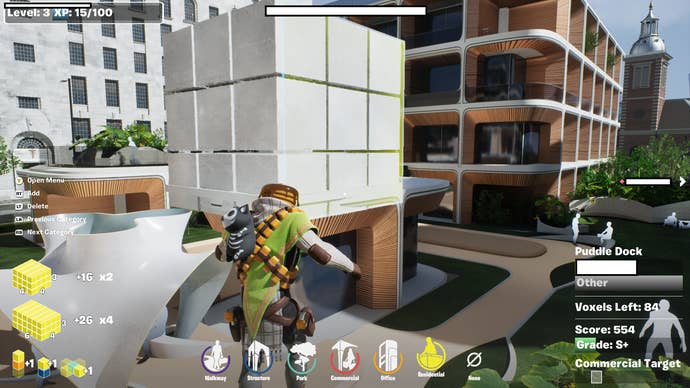
“We investigate a lot of technologies that other architects might not.
Or even if it’s the same technology, we look at it differently.”
For people like this, Re:Imagine London starts to feel strangely natural.
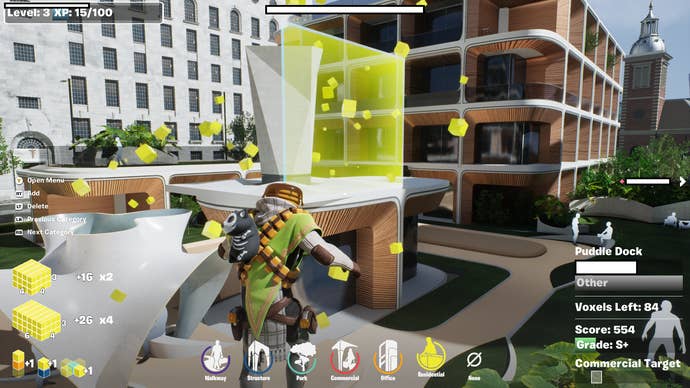
It’s there, and it’s not there.
It’s fixed and it’s also changing.
Walls warp and split.
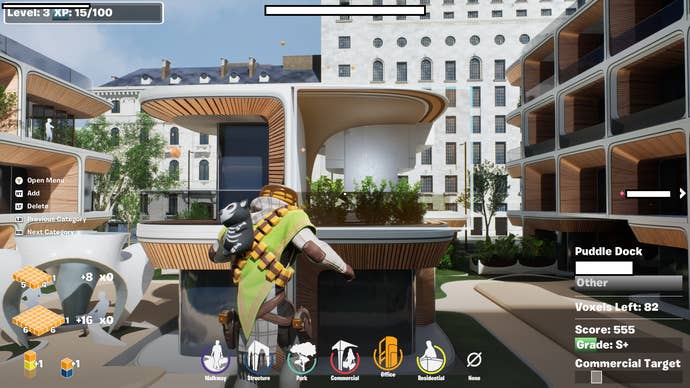
You’re in charge and you’re also running to catch up.
And at the end?
“We’ve always thought that the city is the original Internet, right?”
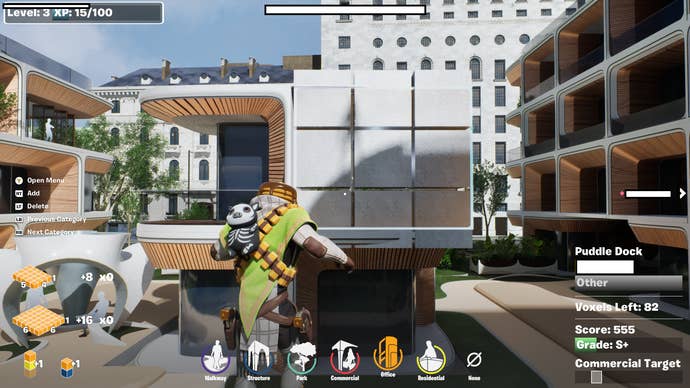
Bhooshan tells me when I ask about how neatly this stuff all seems to fit together.
Cities were discovered or invented to do exactly that in a very condensed way.”
“There can be a lot of interaction between people [in these spaces],” Bhooshan says.

Bhooshan admits he isn’t much of a gamer, but Fortnite initially fascinated him for its urban potential.
“When people started having music concerts in Fortnite and these kind of grand feelings of openness?
If you investigate that, you think: why is that so appealing?
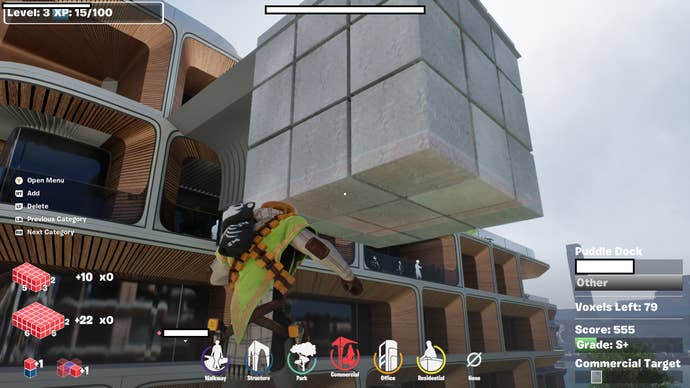
It is because you’re gathering so much information, right?
Plus, you’re free to see where other players are…” He trails off briefly.
And Epic at the same time were interested in non-gaming use, or adjacent uses of Fortnite.
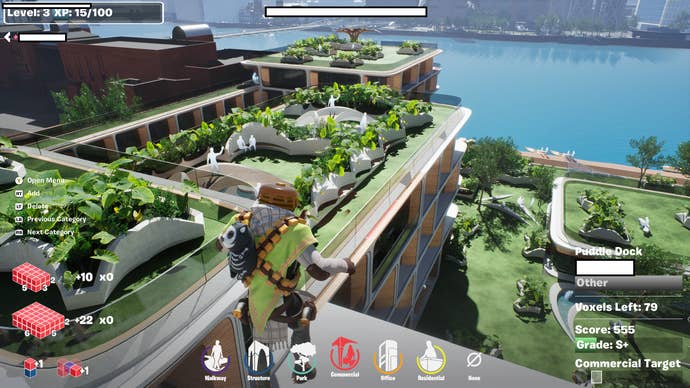
Over the 20th century, people cared less and less about buildings and cities and to detrimental effects.
So it was a confluence of these three kind of motivations and interests.”
For the last few weeks, the team has been watching players engaging with what they’ve built.
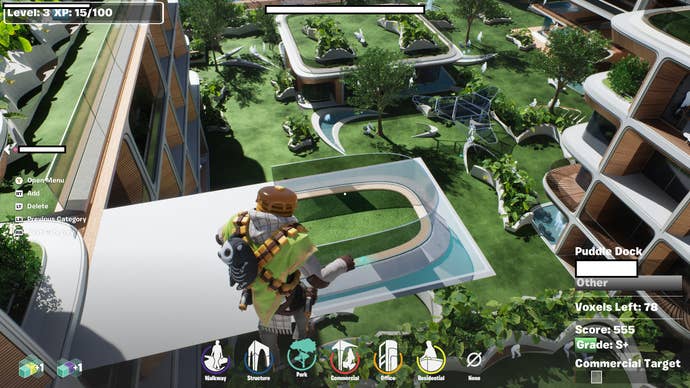
“And it is quite surprising,” Bhooshan says.
“Because some people are very neat.
And, they think of it as a kind of dream castle building.
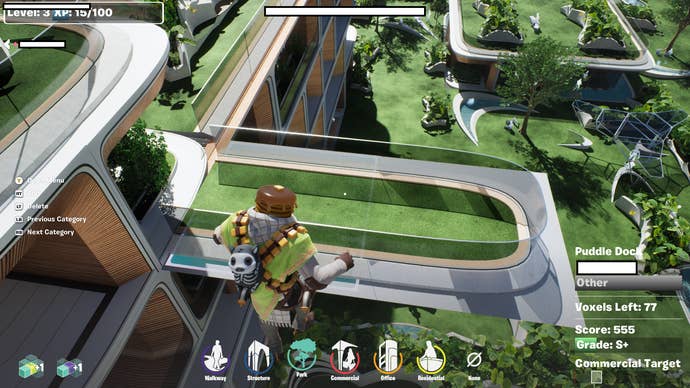
It makes me wonder whether he sees Unreal or Fortnite itself as having a future in architectural design.
Bhooshan thinks yes, but with caveats.
But the frictions are being reduced all the time.
“We definitely think it’s a great medium to rehearse architecture,” he says.
“Because computer-aided software, design software, none of them care for the user experience.
They don’t represent users.
They only care about the buildings, the doors and the door schedules and so on.”
A serious rabbit hole for the curious.)
It will be a major site of activity for young designers and young users.”
But there’s more than just rehearsals of architecture going on here.
But in a virtual museum that lives alongside the real thing…?
Bhooshan’s view of this is more nuanced, inevitably.
“On the one hand, it does seem that there is infinite space [in virtual architecture].
you’ve got the option to’t fully escape from the door schedule!
But it’s also just not that simple.
Maybe cities shouldn’t have infinite space in the first place.
“And so land is actually much more unlimited in that sense.”
“The reason cities are compact is because people want to be next to each other.
“You need a kind of interaction density.
Nobody wants actually infinite games.
So games actually really bring that constraint from the physical world - and highlight the value of that constraint.
Because when things are compact, you see other people, discover new things, more things.
And so actually it’s the other way around.
We hope, and we believe, that people will discover the value of real-world cities being compact.”
He smiles: a favourite topic, clearly.
“You know, like London.
The central part of London is more compact and more enjoyable than, you know, Croydon.
Which is not compact at all.”